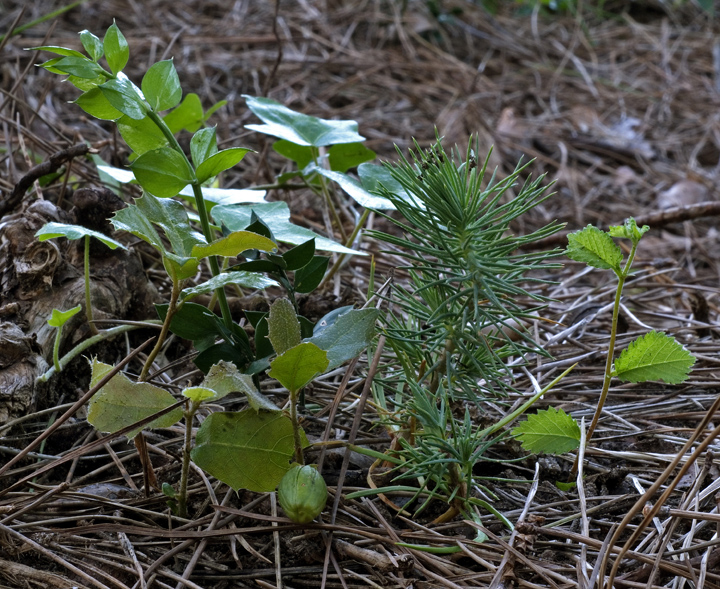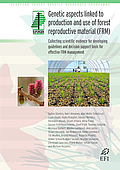
Forests regenerate after disturbances and to colonise new areas. Under natural conditions, regeneration is achieved by the dispersal of seeds. Forest managers may influence natural regeneration by tending to the trees as part of management. Artificial regeneration, by planting seeds or seedlings, may involve the transfer of forest reproductive material (FRM, parts of a tree that can be used for reproduction) from elsewhere.
Across Europe, most of the FRM for artificial regeneration is produced and used within a country. Increasingly, however, seeds, cuttings and seedlings are traded across national borders. This can result in problems if forest managers are guided more by immediate economic considerations than by the need to select FRM that is best suited to the ecological conditions at the site.
Climate change will make it even more crucial to select the most appropriate FRM for artificial regeneration. Many European countries already have guidelines on the selection of FRM, but these are usually based on past climate and are of little help in selecting FRM that will enable forests to thrive in predicted future climates.
Scientists have been successfully researching the impact of different approaches to sourcing FRM, but at the moment forest owners and managers are not generally aware of these efforts. EUFORGEN promotes evidence-based recommendations, based on this research, to policy makers and other interested parties.
 | Genetic aspects linked to production and use of forest reproductive material (FRM)This report summarises the current state of knowledge in genetic aspects linked to the production… |
Download |
 | Use and transfer of forest reproductive material in Europe in the context of climate changeThe selection of suitable FRM has assumed a new importance both because trees are long-lived species… |
Download |
